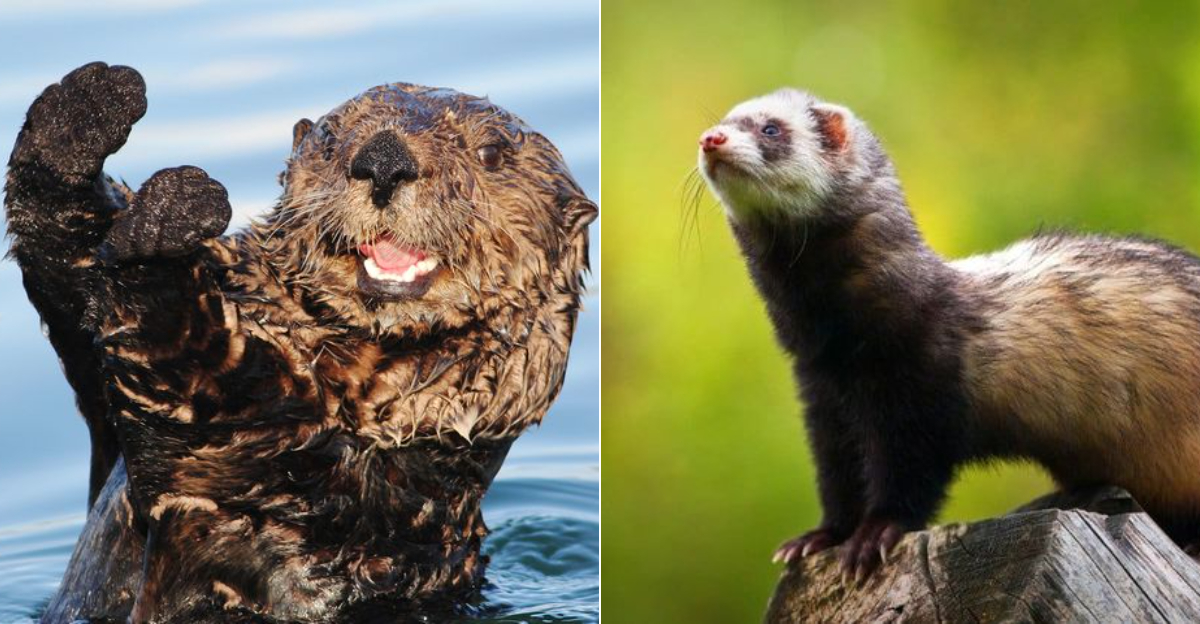When I first brought home my pet ferret Ziggy, I never imagined how much he’d remind me of the sea otters I’d watched for hours at Monterey Bay.
These two species might seem worlds apart – one a marine mammal frolicking in kelp forests, the other a domesticated mustelid scurrying through living room tunnels.
But surprisingly, these charismatic critters share remarkable traits that showcase their evolutionary connection and similar behavioral patterns, despite their different habitats.
1. Elongated Bodies With Short Legs
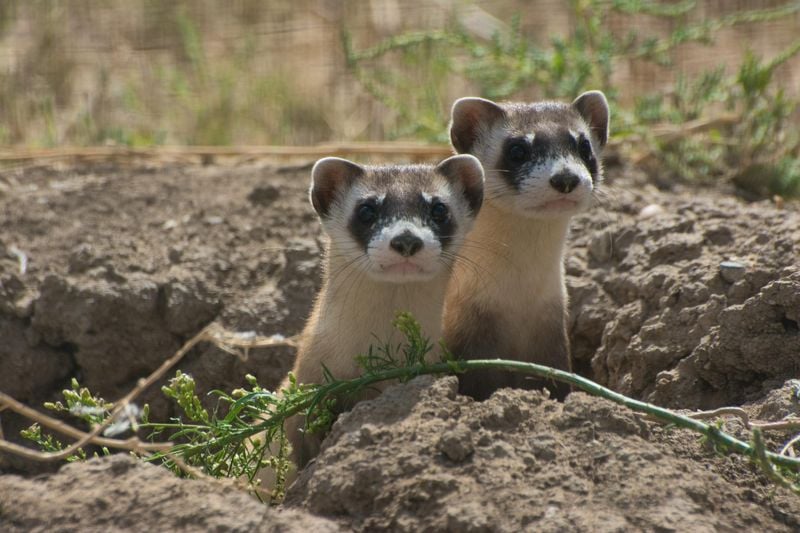
Both creatures sport that tube-sock body shape that makes them instantly recognizable! This body design serves practical purposes for both animals.
The streamlined shape allows sea otters to glide effortlessly through water, while ferrets can navigate tight burrows and spaces with ease. Their short legs might look comical, but they’re perfectly adapted to each animal’s lifestyle.
They provide powerful swimming strokes for otters and enabling ferrets to make those characteristic bouncy movements that ferret owners affectionately call the “war dance.”
2. Carnivorous Diets
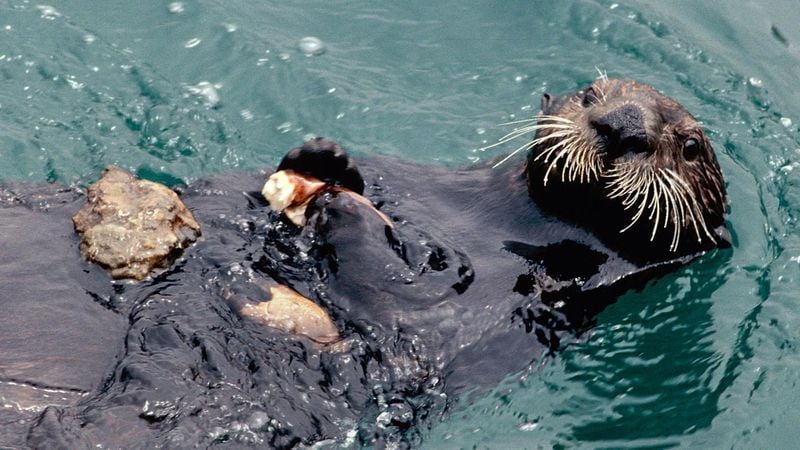
Watching Ziggy devour his protein-rich dinner reminds me of sea otters cracking open shellfish on their tummies.
Both animals are dedicated meat-eaters with impressive metabolisms that demand frequent feeding. Sea otters consume roughly 25% of their body weight daily, feasting on sea urchins, mollusks, crabs, and fish. Similarly, ferrets require high-protein diets with plenty of animal fats.
Neither creature can survive on plant matter alone. Their digestive systems evolved specifically for processing animal proteins.
3. Use Of Scent Glands
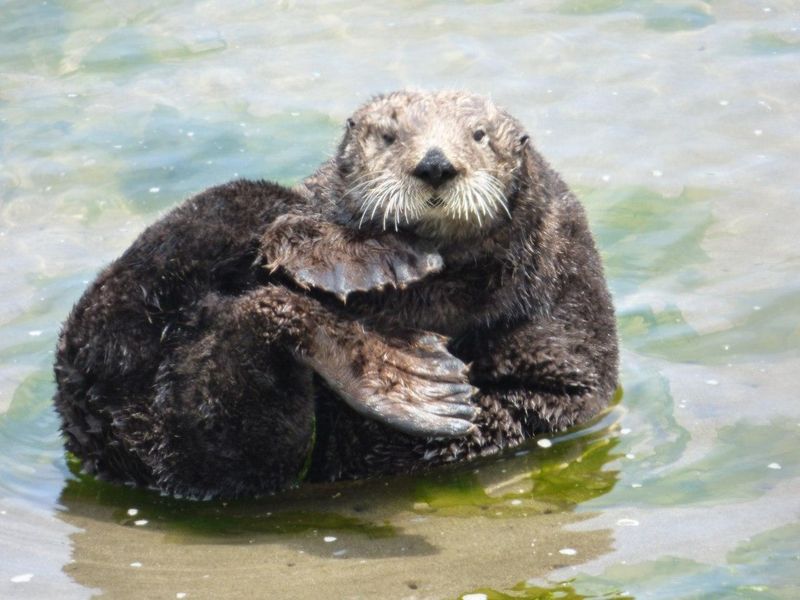
The first time I noticed Ziggy dragging his bottom across his favorite blanket, I was mystified. Turns out, he was scent-marking his territory – a behavior sea otters also exhibit!
Both species possess anal scent glands that produce odors used for communication. These natural perfumes help establish territory boundaries, signal reproductive status, and identify individuals within their social groups.
While ferrets are notorious for their musky aroma (something ferret owners quickly become nose-blind to), sea otters also use scent marking to maintain their rafting groups and breeding territories.
This chemical communication system represents one of the most primitive and effective ways these animals navigate their social worlds.
4. Playful Behavior
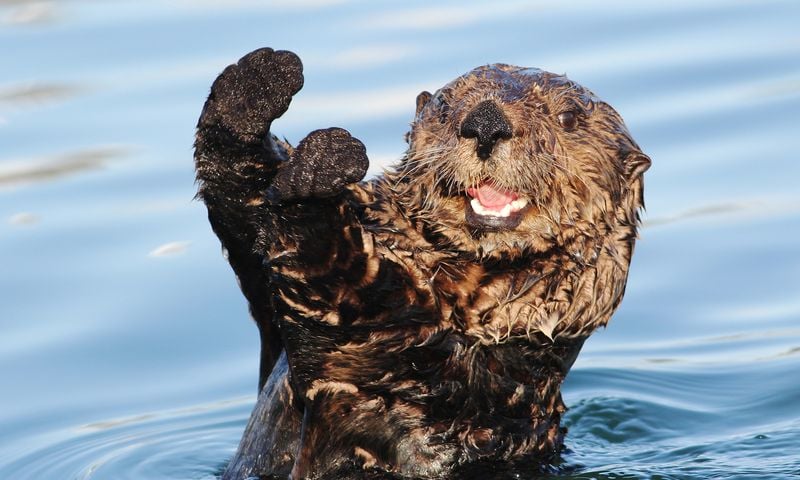
Sea otters display remarkably similar playfulness! Both animals engage in play throughout their lives, not just as juveniles.
They wrestle, chase, and interact with objects purely for entertainment value. This behavioral similarity isn’t just cute – it reflects their high intelligence and social complexity.
Researchers believe play helps these animals develop hunting skills, strengthen social bonds, and relieve stress.
When I see videos of sea otters repeatedly tossing and catching rocks or ferrets stealing and hiding treasures, I’m witnessing the same evolutionary drive expressing itself across species.
5. Curious And Active
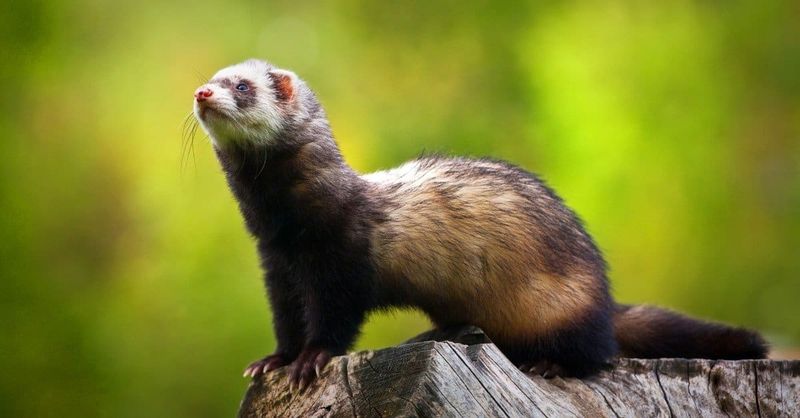
Both species possess remarkable problem-solving abilities and require mental stimulation to thrive. Left unstimulated, they quickly become bored and may develop destructive behaviors.
Their high energy levels and inquisitive nature stem from evolutionary adaptations as hunters.
Sea otters investigate underwater nooks for hidden prey, while ferrets evolved to pursue rabbits and rodents through complex tunnel systems.
This shared heritage of active hunting and exploration makes both animals endlessly fascinating to observe.
6. Solitary Tendencies
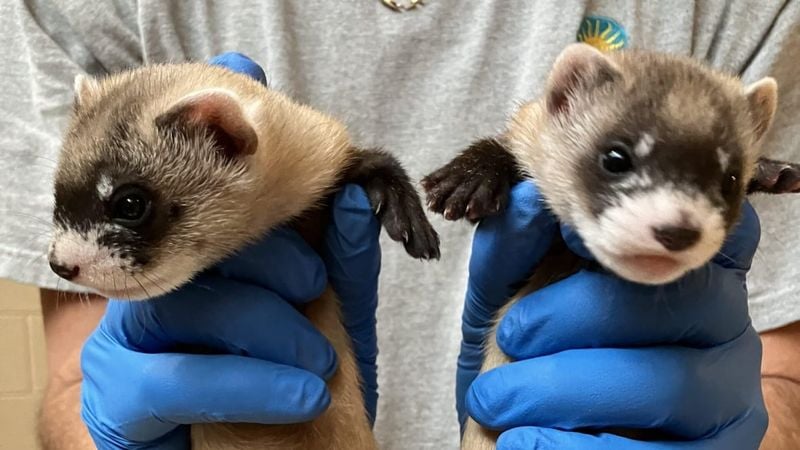
While Ziggy enjoys interactive play sessions, he also requires his alone time. Adult male sea otters typically live solitary lives outside of breeding season, coming together in loose rafting groups but maintaining individual space.
Female ferrets similarly appreciate companionship but don’t form the tight social bonds seen in pack animals. This balance between sociability and independence makes both species fascinating. They’re neither completely solitary nor obligate social creatures.
Their flexible social structure allowed them to adapt to various environmental conditions throughout their evolutionary history, demonstrating a sophisticated approach to community living.
7. Require Enriched Environments

Both animals evolved as active foragers who spend significant time searching for food and exploring their surroundings. In captivity or as pets, they need environments that simulate these natural behaviors.
Zoos provide sea otters with varied feeding challenges, toys, and complex habitats to prevent boredom and stress.
Similarly, responsible ferret owners create multi-level play areas with hiding spots and novel objects. This need for stimulation reflects their impressive cognitive abilities and prevents the development of stereotypic behaviors.
8. Distinctive Vocalizations

The first time Ziggy let out his excited “dook-dook” sound, I was completely charmed. These unique vocalizations parallel the surprising range of sounds sea otters produce!
Sea otters communicate with whistles, cooing sounds, and high-pitched screams when alarmed. Ferrets similarly have a vocabulary ranging from soft purring when content to hissing when threatened.
Female sea otters and mother ferrets both use specific calls to communicate with their young. These sophisticated communication systems help maintain social bonds and coordinate group activities.
9. Adaptability To Various Habitats
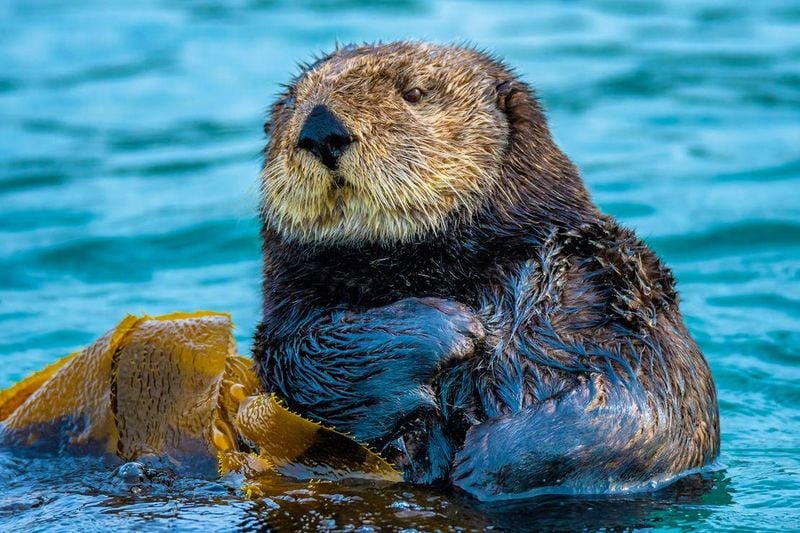
Sea otters historically ranged from Japan to Baja California, adapting to different coastal ecosystems. Ferrets, descended from European polecats, have successfully adapted to domestic life while retaining wild instincts. This adaptability stems from their intelligence and behavioral plasticity.
Both can modify hunting techniques, sheltering behaviors, and social structures based on environmental conditions.
While sea otters require healthy marine ecosystems and ferrets need specific care in captivity, their underlying adaptability has helped both species survive significant environmental changes.
10. Conservation Efforts
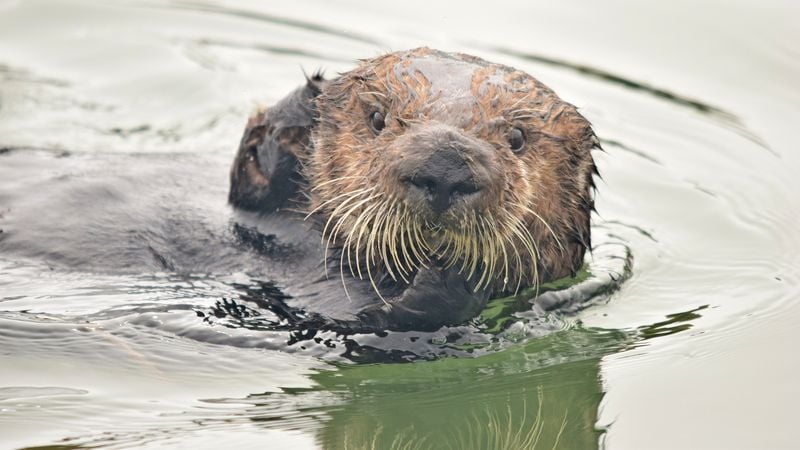
After adopting Ziggy, I became fascinated by ferret conservation, discovering parallels with sea otter protection programs.
Sea otters were hunted to near extinction for their fur, with population numbers dropping to about 2,000 worldwide by the early 1900s. Similarly, the wild black-footed ferret (cousin to pet ferrets) was declared extinct in the wild in 1979 before being rediscovered.
Today, both species serve as conservation success stories, though challenges remain. Sea otters act as keystone species in kelp forests, while black-footed ferrets help control prairie dog populations.
11. Specialized Paws With Sensitive Whiskers
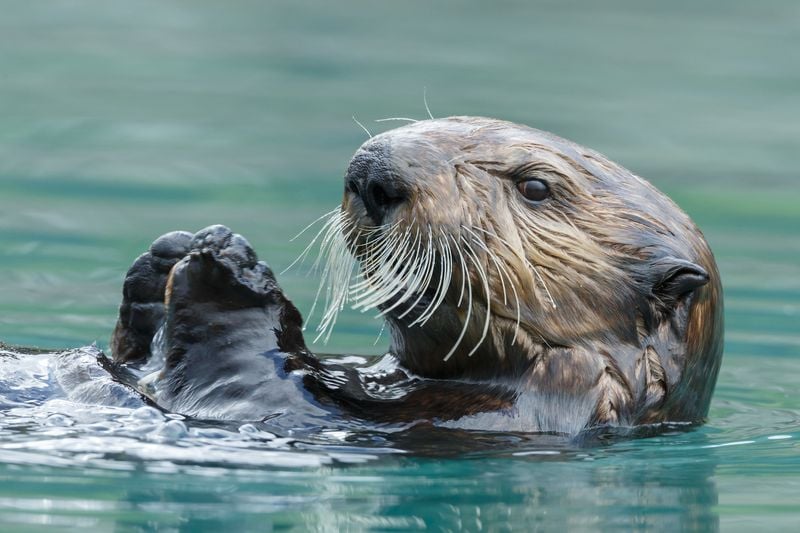
Specialized sensory organs can detect minute movements and textures, compensating for relatively poor eyesight in certain conditions.
The combination of dexterous paws and sensitive whiskers makes both species highly effective hunters and explorers. Sea otters can locate and extract shellfish from rocky crevices underwater, while ferrets can navigate complete darkness in burrow systems.
This sensory adaptation represents another fascinating evolutionary parallel between these distantly related mustelids.
